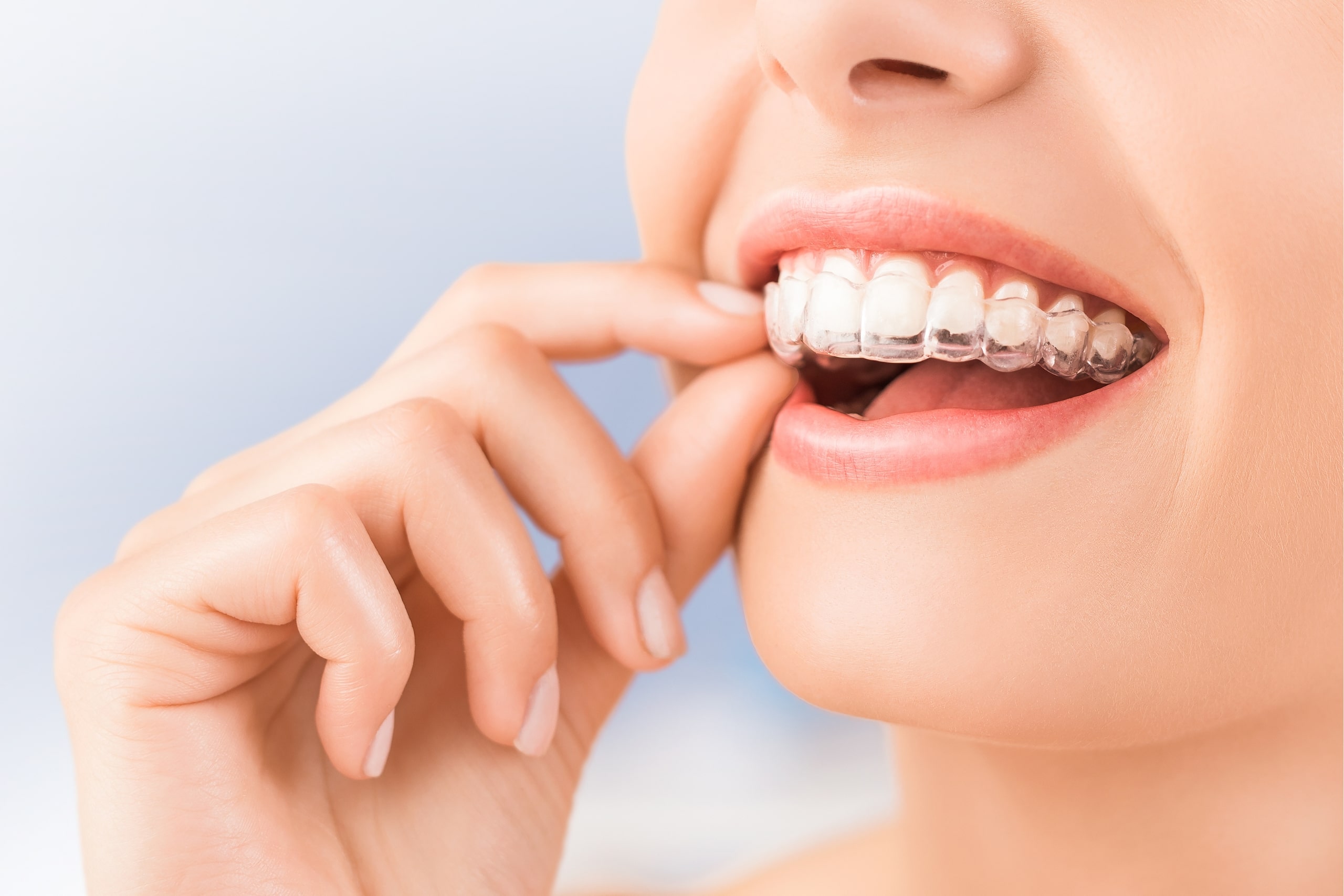
Orthodontist in North Vancouver
Straighten Your Teeth
Visiting the dentist for regular checkups is a routine part of life for most of us. Occasionally, however, we need more than a cleaning or a filling. Our North Vancouver dental office also has a team of orthodontic specialists that can help you achieve your dream smile. We offer comprehensive care and complimentary consultations to make the orthodontic treatment process as seamless as possible.
Orthodontics North Vancouver
Visiting the dentist for regular checkups is a routine part of life for most of us. Occasionally, however, we will need more than a cleaning or a filling. Our North Vancouver dental office also has a team of orthodontics specialists that can help you achieve your dream smile. We offer comprehensive care and complimentary consultations to make the orthodontic treatment process as seamless as possible.
Types of Orthodontics
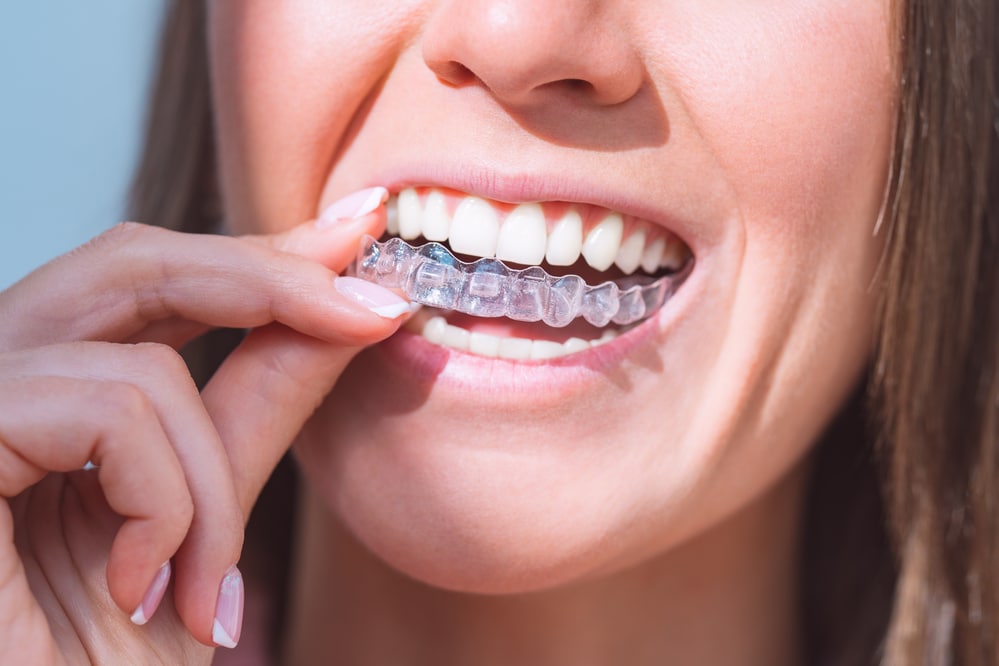
Invisalign
Invisalign corrects dental problems by using a set of hard plastic aligners fitted to your teeth. These aligners work much like braces, guiding your teeth into their proper position. Unlike braces, they are practically invisible, making them a popular choice for many patients.
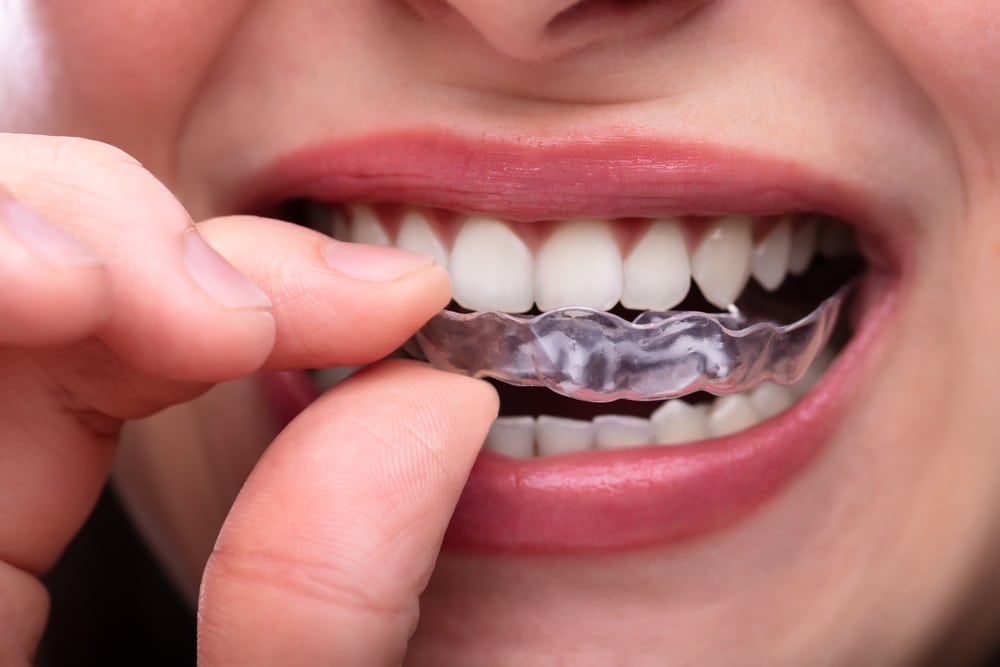
ClearCorrect
Similar to other clear aligner brands (like Invisalign) available to certified dentists or orthodontists, ClearCorrect straightens teeth using a series of custom-made, removable, clear aligners that gradually move teeth little by little. This eventually corrects the smile to elicit a new, revitalized look. Clear aligner treatment is ideal for adults who don’t wan’t the obvious look that comes along with traditional braces, creating beautiful smiles in a more subtle way.
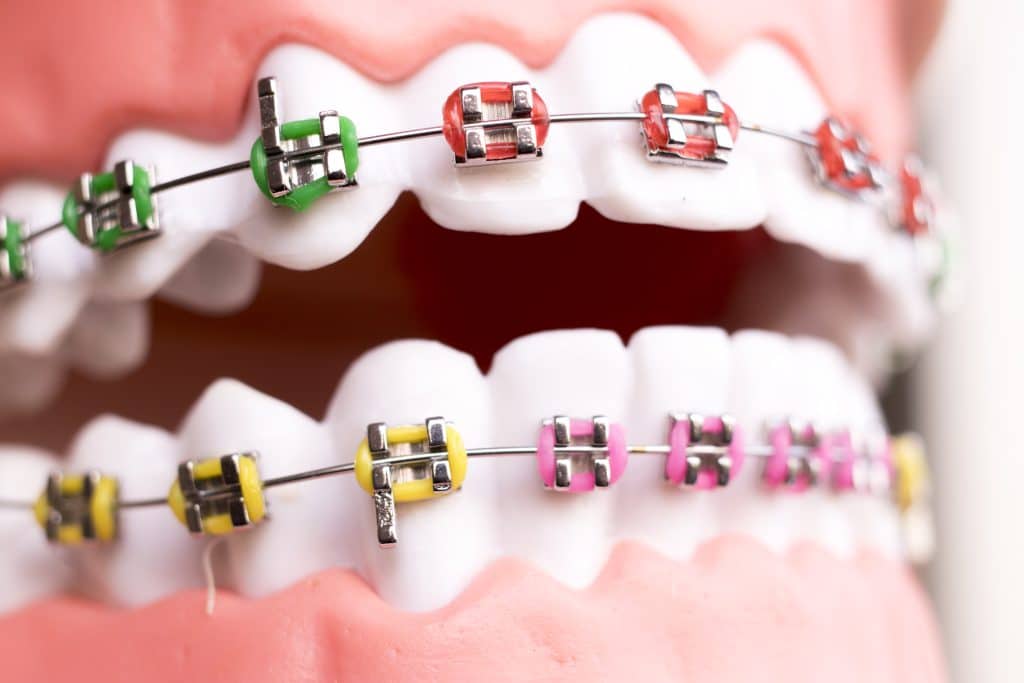
Traditional Braces
Discover a confident smile with traditional braces – metal brackets linked by a wire, strategically placed to move teeth into the desired position. Our committed team at Pier Dental Centre ensures precise treatment through regular appointments, fostering amazing self-confidence. Contact us to begin your transformative orthodontic experience.

Ceramic Braces
Essentially the same as traditional braces and serve the same purpose, though they are made from transparent ceramic.
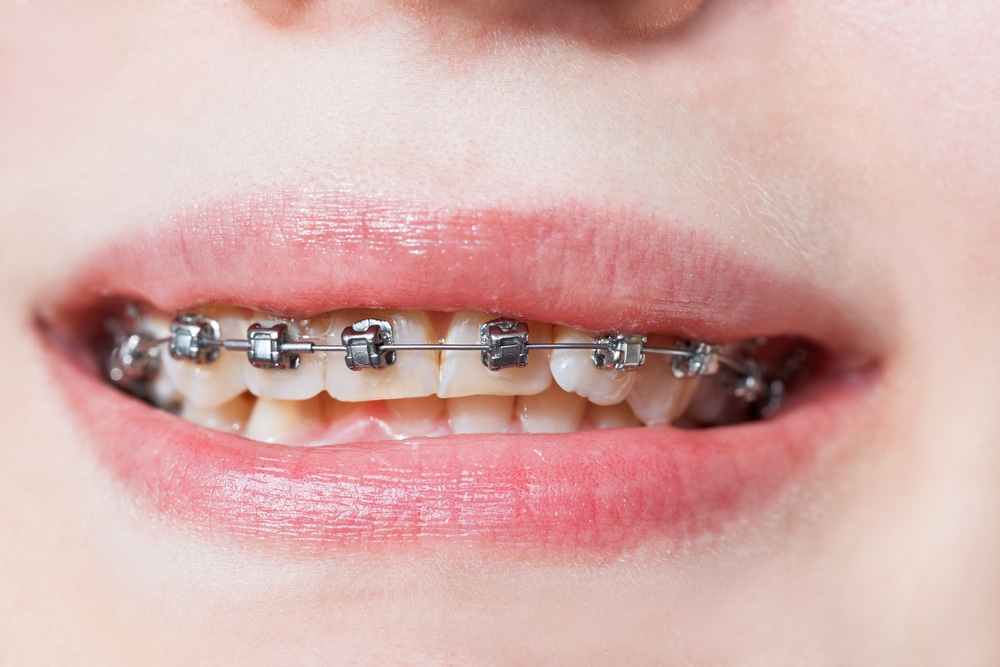
Damon Braces
Use a slide mechanism to connect archwires to the brackets, allowing the wire to move freely and eliminating the need for elastics.
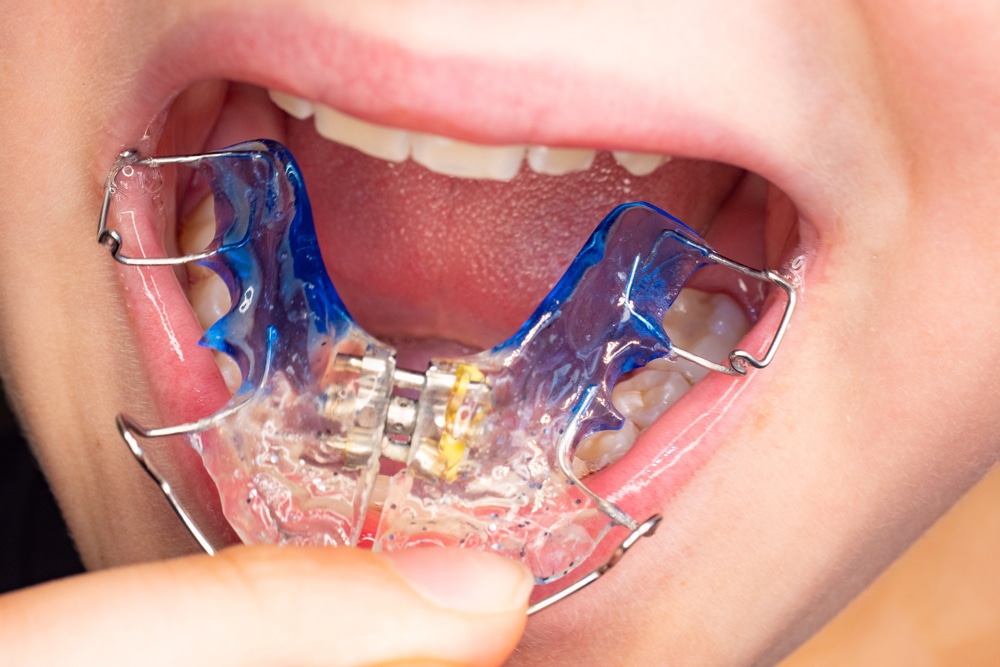
Palatal Expanders
Useful for crowded teeth, crossbites, and impacted teeth. Where once tooth extraction may have been called for, palatal expanders can create more space for teeth by gradually expanding the upper jaw.
Benefits of Straight Teeth
While there are obvious cosmetic reasons to straighten teeth, there are also numerous health benefits:
A Confident Smile Starts Here
At Pier Dental Centre, we specialize in crafting healthy, confident smiles for patients of all ages. Our entire orthodontic experience is designed to address your concerns and raise your self-esteem. From the moment you schedule an appointment, our practice prioritizes your unique needs. Our state-of-the-art facility ensures a comfortable and welcoming environment throughout your treatment journey. With a focus on personalized care, our expert team tailors orthodontic solutions to suit every patient. Trust Pier Dental Centre for a transformative experience that goes beyond straightening teeth – we’re dedicated to nurturing your self-esteem and delivering beautiful smiles that last a lifetime.




